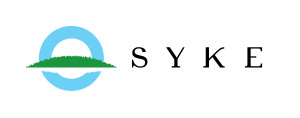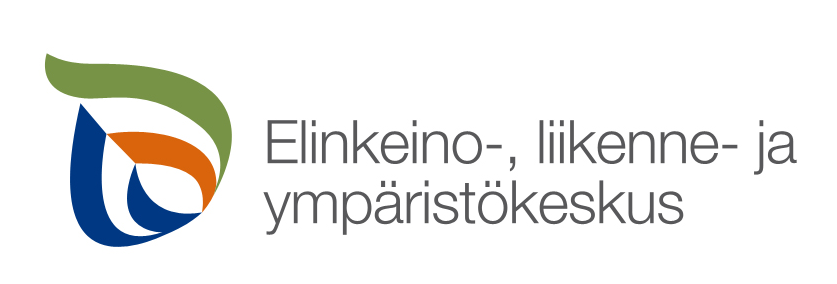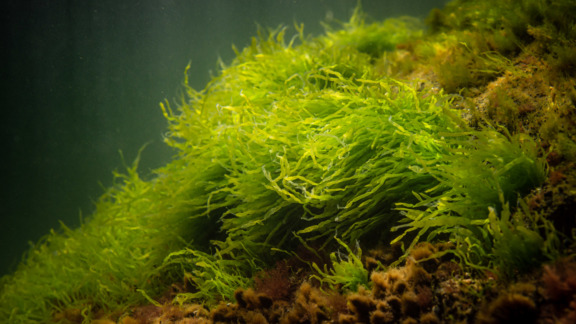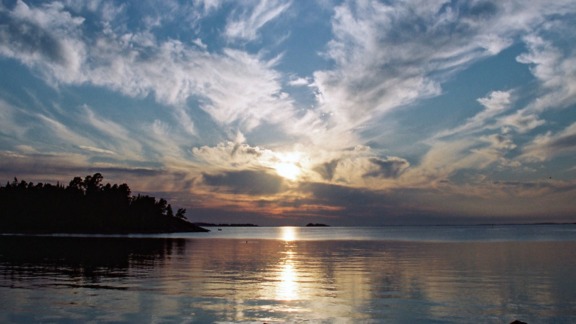There is a great deal of diversity in the marine nature surrounding the island of Gullkrona, but only some of this area is protected. We decided to make Gullkrona the first pilot in the Foundation for a Living Baltic Sea’s conservation project – and the largest private conservation area in the Baltic Sea.
The species of the Baltic Sea have adapted to their environment. However, eutrophication is depriving them of their living space, and climate change is having unpredictable effects on the sea.
THE BALTIC SEA NEEDS HELP
HOW CAN YOU HELP?
Act responsibly both on land and at sea
Ordinary citizens can protect or harm the Baltic Sea through their actions. It’s easy to understand that you will affect the state of the Baltic Sea by fishing, boating, holidaying at your summer cottage, or walking along the shore. However, grocery shopping or throwing things away also impacts the Baltic Sea.
Find ways of protecting the sea that best suit your daily life.
Protect your water area
Even privately owned water areas can be protected if they are home to rare species that need conservation. Landowners keen to protect their water areas have two options: establish a private conservation area or sell it to the State as a conservation area.
Donate to the Baltic Sea
Money is an easy and effective way to help. We will use your donations to protect valuable marine nature, reduce shipping emissions, and promote carbon farming, as it both enhances crop safety and prevents the eutrophication of bodies of water. We work with an extensive network of researchers and partners and strive to bring about lasting change rather than engaging in one-off campaigns.
LEARN MORE
The Baltic Sea is not a dead sea. Beneath the surface, you will still find beautiful, vibrant, and diverse environments that we want to protect for future generations.
Case
4,800 hectares of protected aquatic nature.
NEWS
Partners









